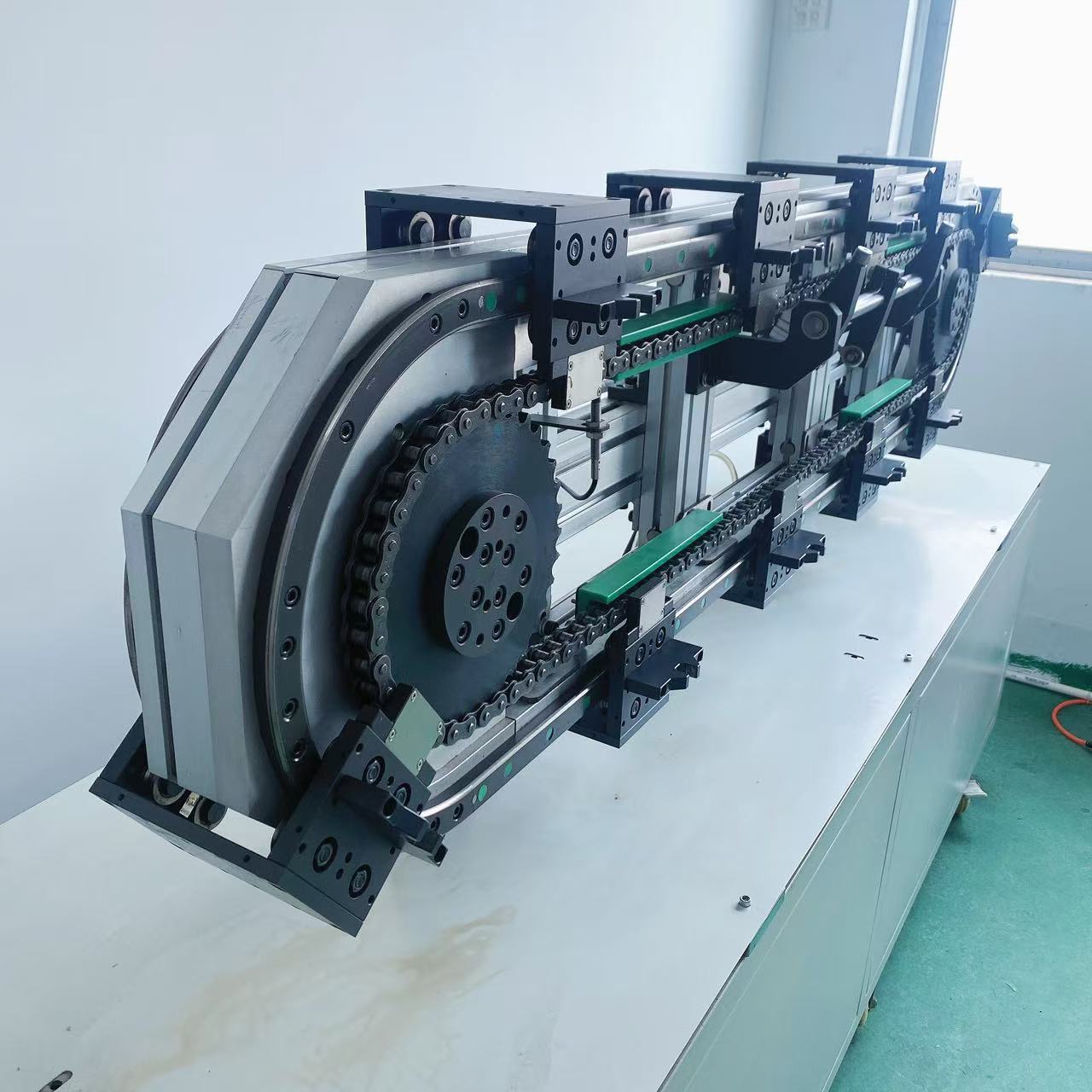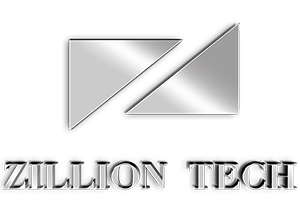Circular guide cost control: combining the advantages of base plate and profile
Nov 02,2024

1. Swing arm positioning
Swing arm positioning has a place in many industrial fields with its advantages of high stability, low cost and relatively low difficulty in installation and adjustment. The stability of this positioning method provides reliable guarantee for the production process, so that it can maintain a relatively stable state during the work process, reducing errors and production accidents caused by unstable positioning. The lower cost makes the company's investment in equipment procurement and maintenance relatively small, which is more attractive to companies with strict cost control. Low difficulty in installation and adjustment means that in the process of equipment installation and commissioning, it can save time and labor costs and increase the speed of equipment going online.
However, swing arm positioning also has its specific requirements. The bottom needs to be left empty to meet the swing requirements of the swing arm, which to a certain extent puts forward requirements for the installation space of the equipment. In practical applications, swing arm positioning is suitable for scenarios with high stability requirements, such as some production links that require position control and a relatively stable working environment.
2. Sliding push positioning
As an emerging positioning method in the past two years, sliding push positioning has shown unique advantages. Its relatively low cost allows companies to reduce cost investment to a certain extent when upgrading equipment or building new production lines. The advantage of small structural space provides a feasible solution for production sites with limited space and can better adapt to compact production layouts. Moreover, the bottom can be designed without air avoidance, which further increases its flexibility in space utilization.
However, when sliding push positioning is used in multi-cylinder applications, a pressure stabilizer is required. This is because when multiple cylinders work at the same time, the stability of the air pressure may be affected, and the addition of a pressure stabilizer can ensure the accuracy and stability of positioning. This positioning method is suitable for application scenarios with limited space or frequent positioning, such as the production lines of some small electronic products, which require fast and accurate positioning operations in a limited space.
3. Electric push positioning
The electric push positioning, which was launched in 2021, has emerged in the field of precision circulation lines with its advanced technical features. Its complex structure increases R&D and production costs, but also brings efficient operation. It can drag multiple slides, greatly improve production efficiency, and can complete more work tasks per unit time. At the same time, the advantage of low noise provides better comfort for the working environment, reduces the interference of noise on operators, and also meets the requirements of modern industry for environmental protection and humanized production.
Electric push positioning is suitable for application scenarios that require efficiency and low noise, such as some high-end manufacturing industries that have high requirements for production speed and strict restrictions on working environment noise, such as precision instrument manufacturing, electronic chip production and other fields. In these fields, electric push positioning can give full play to its advantages and provide strong power support and positioning control for the production process.
4. Cam positioning
As an early form, cam positioning has a profound technical background and unique performance advantages. Its high synchronization characteristics enable the coordinated actions of various parts to be ensured when multiple stations work at the same time, thereby improving the accuracy and efficiency of the entire production process. The very compact design not only saves space, but also makes the overall layout of the equipment more reasonable and beautiful.
However, cam positioning also places very high demands on processing technology and installation and adjustment technology. High-precision processing technology is the key to ensuring the accuracy and performance of the cam, and any slight error may affect the accuracy of positioning. The installation and adjustment process is also crucial, and professional technicians are required to perform fine debugging to ensure the coordination of the cam with other components. In addition, the high requirement for equal spacing makes it perform well in some applications that require extremely high position accuracy, but it also increases the difficulty of design and manufacturing accordingly.
The high price of cam positioning is a reflection of its technical complexity and high precision requirements. Nevertheless, cam positioning is still an indispensable choice for those occasions with extremely high requirements for accuracy and synchronization, such as aerospace parts manufacturing, high-end automobile engine production, etc. It can ensure that the quality and performance of the product meet high standards under extreme working conditions.
V. Selection strategy
When selecting the secondary positioning mechanism of the precision circulation line, enterprises need to consider many factors comprehensively. The first is the actual application requirements. Different production processes and product characteristics have different requirements for positioning accuracy, stability and efficiency. For example, for some high-precision electronic product assembly, cam positioning or electric push positioning may be preferred; while for general industrial production, swing arm positioning or sliding push positioning may meet the requirements.
Cost budget is also an important consideration. Enterprises need to reasonably control equipment procurement and maintenance costs while ensuring production quality and efficiency. If the budget is limited, then the lower-cost swing arm positioning or push-pull positioning may be the preferred choice; but if there are high requirements for production efficiency and precision, and the budget can support it, electric push positioning or cam positioning may be more suitable.
Space constraints are also one of the factors that need to be considered. For production sites with compact space, push-pull positioning with small structural space may be more advantageous; if the space is relatively ample, other positioning methods can also be selected according to actual conditions.
In addition, the requirements for accuracy and stability are also key factors. If the production process has extremely high requirements for accuracy and stability, then cam positioning may be a good choice; and for some applications with relatively low requirements for accuracy but certain requirements for stability, swing arm positioning or push-pull positioning may be more suitable.
Hot Tags:
Related News














